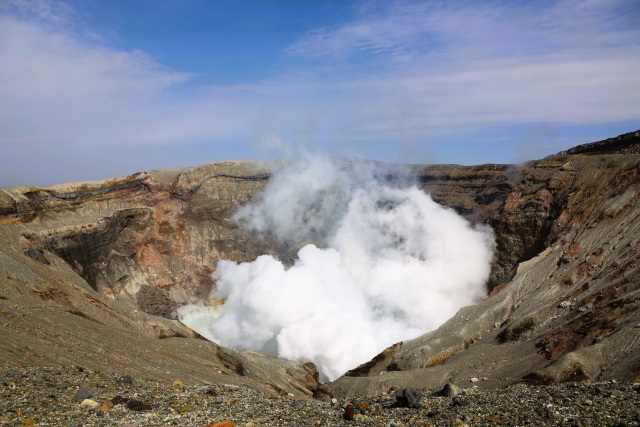Do you remember when I introduced you to JR East’s “Magical Journey Shinkansen” train last year? Following JR East, JR Central also launched a special poster train “Wonderful Dreams Shinkansen” this year.
To start, let me explain how things came about. On June 6th last year, Tokyo Disney Resort held its grand opening of Fantasy Springs. To promote tourism to this new theme park, JR East started to operate a new poster train named "Magical Journey Shinkansen" jointly with Tokyo Disney Resort. 8 months later, JR Central also launched a new poster train under the name of "Wonderful Dreams Shinkansen" on the Tokaido Shinkansen for the same purpose. You can see characters of Fantasy Springs on the side bodies of Wonderful Dreams Shinkansen. They are Peter Pan, Elsa and Anna of Frozen and so on. The impressive thing was that many inbound tourists were taking pictures of this poster train at Tokyo station. JR Central releases the timetable of Wonderful Dreams Shinkansen on their website (in Japanese only).
Incidentally, Wonderful Dreams Shinkansen is Set G25 of the EMU JR Central N700A series. The 700A series was commissioned in 2016 as an improved version of the N700 series. The main difference between the N700 and the N700A series is their brake performance. New disc brakes were adopted by the N700A series. As you may know, the braking system on a bullet train is quite important in Japan, since we have to stop the train steadily without derailment as soon as an earthquake hits a railway.





















